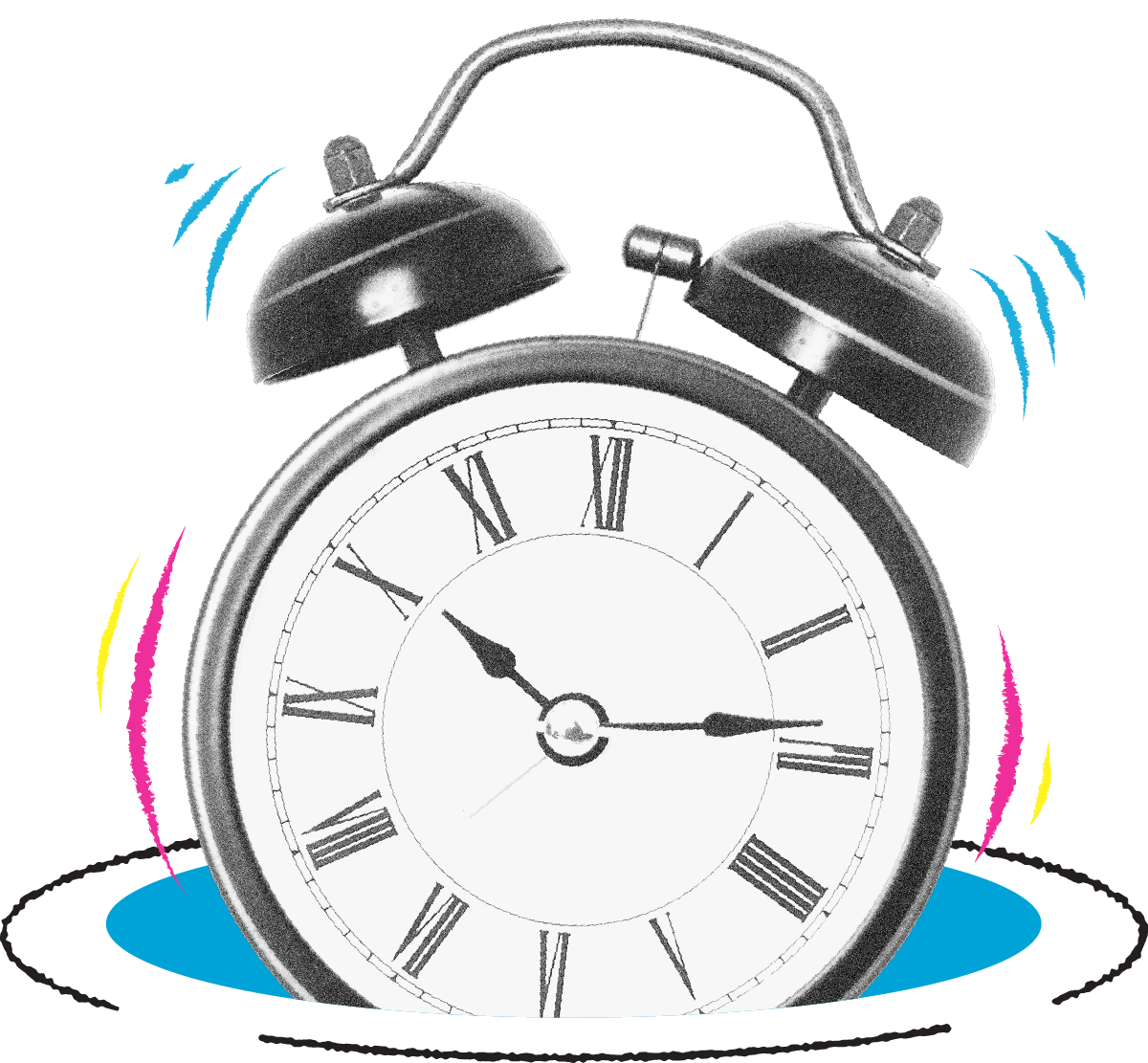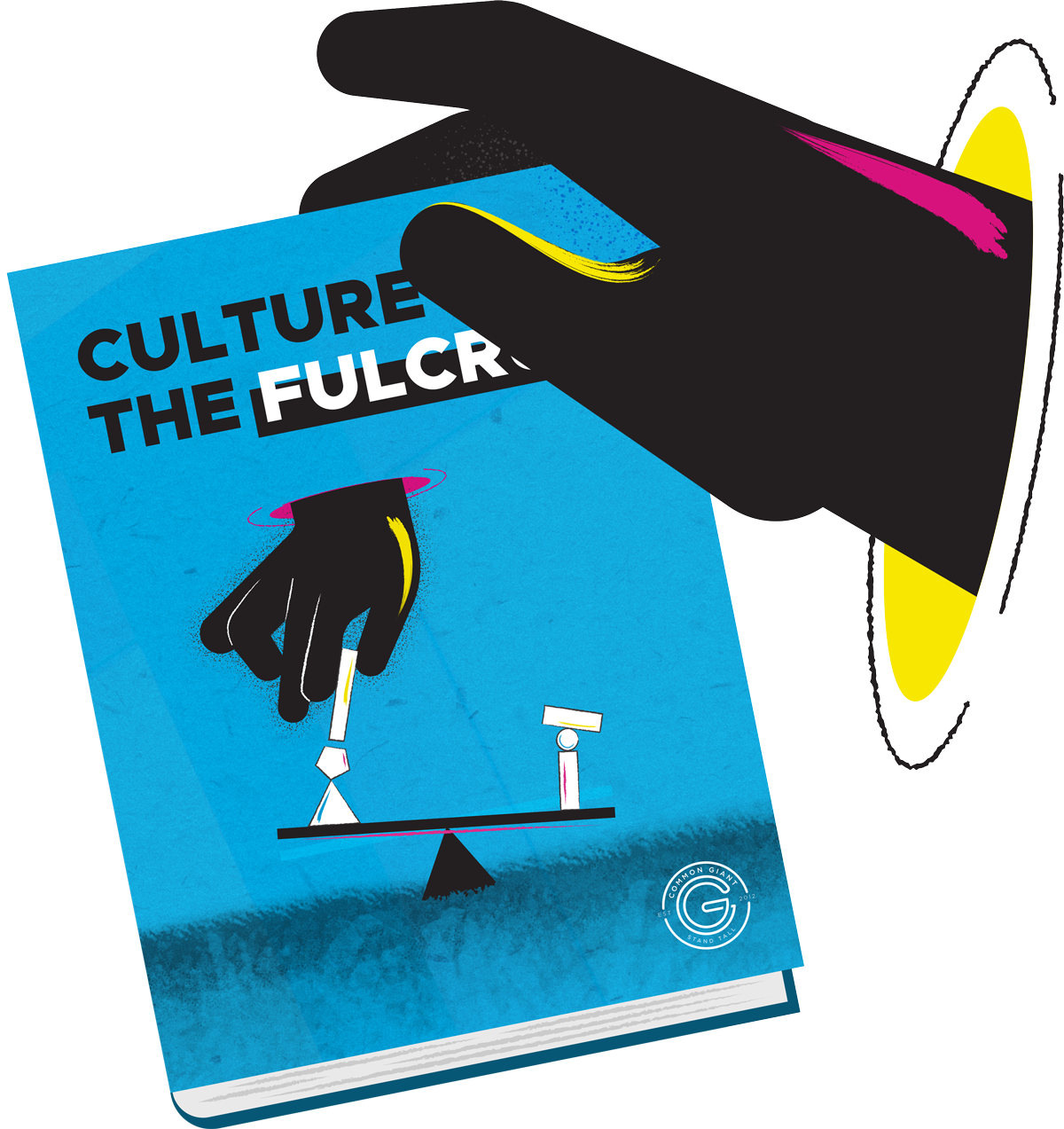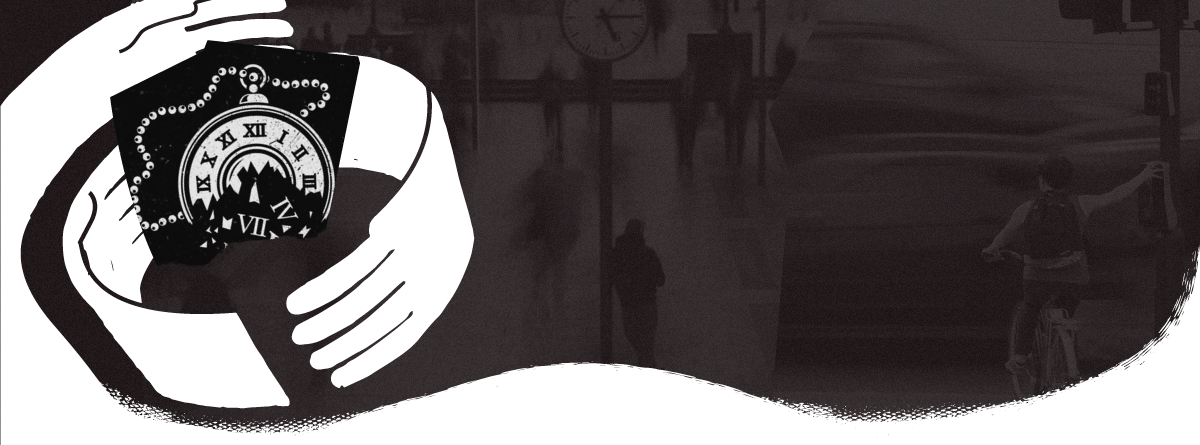Blog
A Study in Cultural Shift #2: Change of Pace
Cultural shift
Change of Pace

So, how would you change a work environment where you have no idea what is going to hit your desk within the week 80% of the time? I hear this is common among agencies, and I am willing to bet many people across all kinds of industries experience this. I think it’s a miserable existence, so at my company, we sought to change this behavior. Everyone gets caught in the whirlwind sometimes, but we wanted to reduce reactive work from about 80% to about 20%, so that hair-on-fire moments were much rarer.
Working at an agency with multiple brands is not conducive to high levels of focus. Up until about a year and a half ago, we found ourselves in revision purgatory, consistently trying to reign in scope creep, working in silos, etc. This resulted in too many situations where we felt undervalued and creatively restrained or stunted.
We had to create space and pace in our culture and build habits that support the ethos that creativity requires; namely focus, discipline, and freedom of thought.

Common Giant is first and foremost creative. Creative minds tend to oppose tedium and routine, but ironically, they require focus. Where there is tension, there is great potential for magic. Therefore, we sought a core value that can vary by individual practice yet remain fundamental. Core value #7: Magic takes mental focus.
We practice this by protecting creative time. We set aside time for collaboration, and we set aside time for focused work. Does that mean our graphic designers are expected to sit in front of a computer for that specific period? No. One size does not fit all when it comes to creativity.
At Common Giant, we drill down to our priorities on a weekly basis. How far into the future you should look largely depends on your role. For the sake of operating at a sane pace, we have chosen to view our work lives one week at a time as a team.
The team understands that work will be shared on specific days when we schedule weekly creative problem-solving meetings. It doesn’t matter what your work looks like at that time, it is your time to share work and discuss it without judgment. The aim is to solve the problem. However, the understood and regular deadline pushes everyone at pace to produce something of value to share on those days.
Furthermore, clients must understand that distractions disrupt creative quality, and we are not tied to our email or Basecamp. We are given the green light to check communications only a few times a day depending on one’s role. If that needs to change, we decide on a “bat phone” and/or we discuss how often we need to check in. Whereas “checking in” is the norm, we set an expectation that prioritizes the work we agreed upon at the beginning of each week.

Want to know more?


